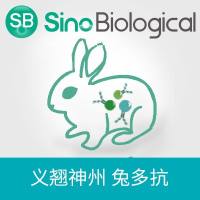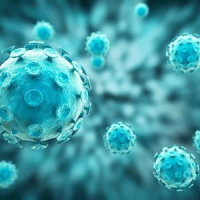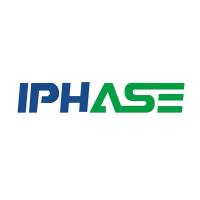AAV-Mediated Gene Transfer to Skeletal Muscle
互联网
805
Adeno-associated viral (AAV) vectors are derived from a nonpathogenic, replication-deficient virus with a small (∼4.7-kb) single-stranded DNA genome. AAV vectors are devoid of viral-coding sequences and may efficiently transfer genes to nondividing cells such as muscle fibers or hepatocytes following in vivo transduction (1 –7 ). Recombinant AAV can be administered to skeletal muscle of experimental animals and, as recently documented in a Phase I clinical trial, to humans at high vector doses without local or systemic toxicity (8 ,9 ). The potential of the vector to activate cytotoxic T lymphocytes is greatly reduced compared with some other viral vectors, thereby reducing the risk of inflammation at the site of gene transfer (7 ,10 ,11 ). Sustained expression of therapeutic transgenes such as coagulation factor IX (F.IX), erythropoietin, leptin, insulin-like growth factor (IGF), sarcoglycans, mini-dystrophin genes, α1 -antitrypsin, and others have been demonstrated (2 ,12 –18 ). Efficient gene transfer to myofibers by intramuscular (im) injection has been shown in several species including mice, hamsters, dogs, and nonhuman primates (6 –8 ,13 ,19 ). These studies resulted in various levels of correction of the disease phenoypes in small and large animal models of hemophilia B (F.IX deficiency), muscular dystrophy, obesity, age-related atrophy, and β-thalassemia (8 ,12 ,13 ,15 ,17 ,18 ,20 –25 ).









